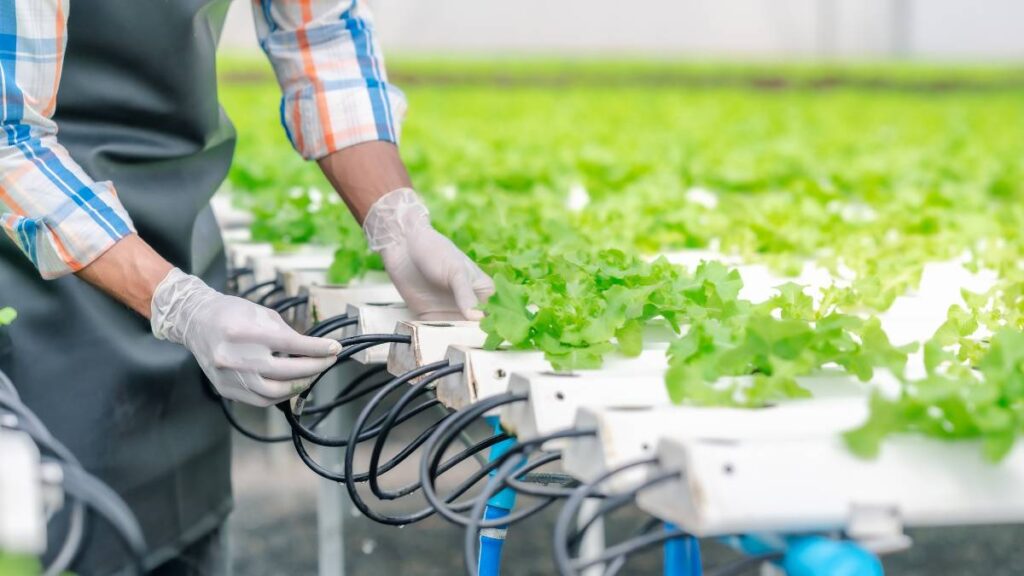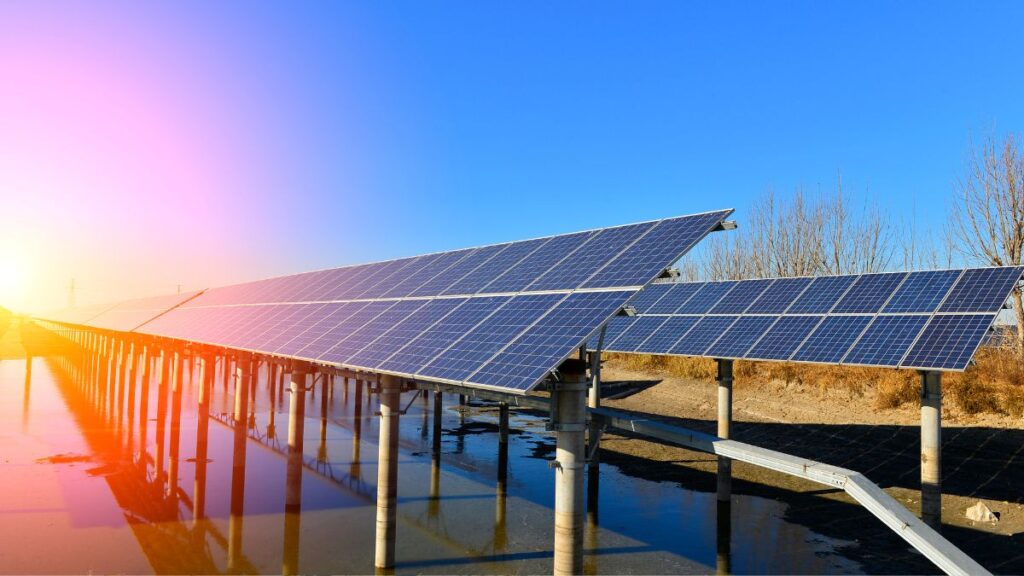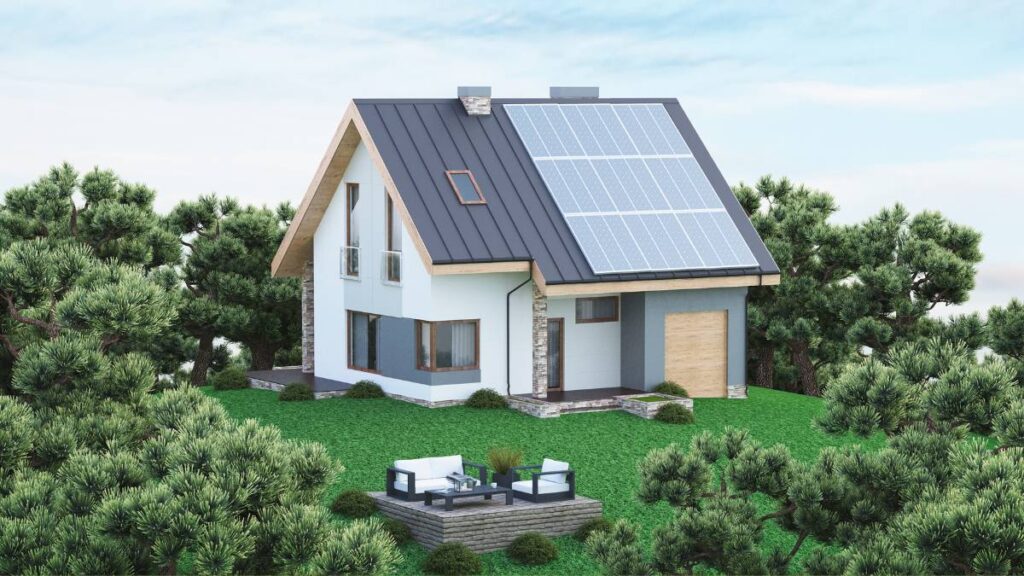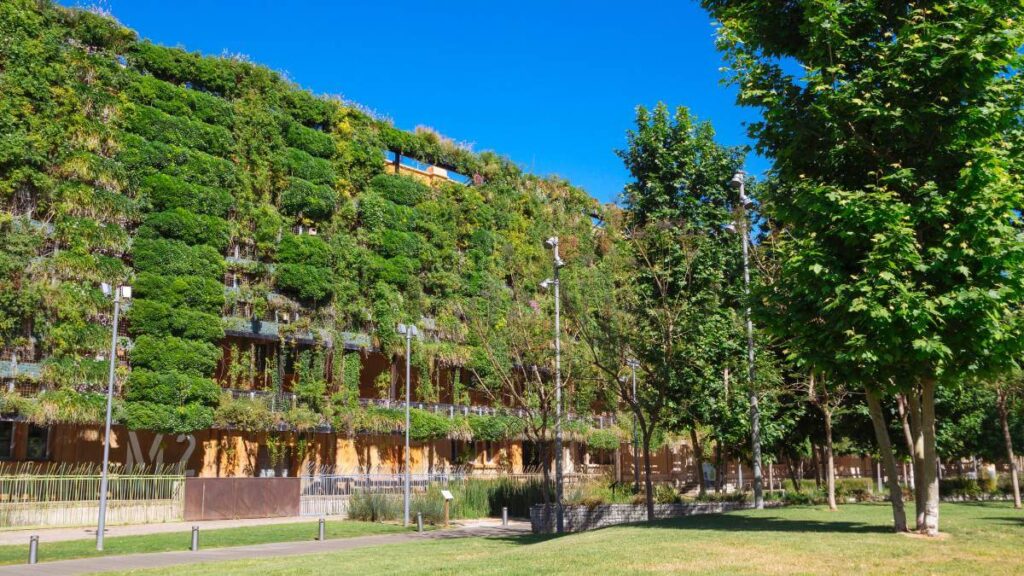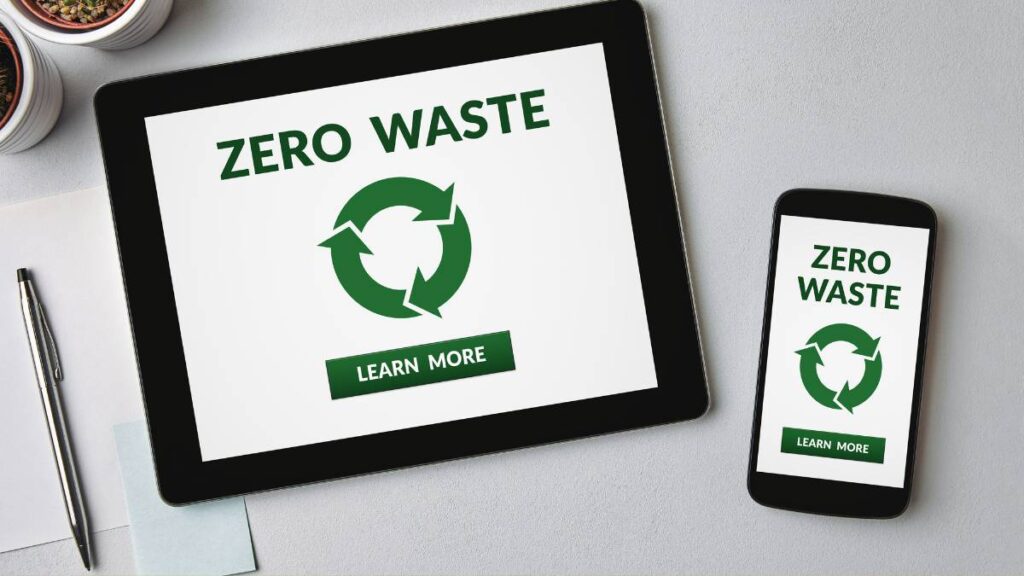Traditional livestock feed production, responsible for significant deforestation and water scarcity, is a growing environmental concern globally. As an innovative solution, hydroponic fodder systems offer a promising alternative. These systems cultivate nutritious animal feed indoors using a nutrient-rich water solution without soil, promising a sustainable approach that not only reduces environmental impact but also enhances animal health.
Understanding Hydroponic Fodder
Hydroponic fodder refers to the practice of growing green vegetation without soil, using a solution of water and essential nutrients instead. The roots of the plants grow in a water-rich environment, which optimizes growth and speeds up the production process. The concept has evolved significantly since its inception, providing an efficient method to produce feed in controlled environments irrespective of external weather conditions.
How Hydroponic Fodder Systems Work
A typical hydroponic fodder system includes:
- Trays or Racks: Used to hold the seeds and allow roots to spread and absorb nutrients.
- Watering System: Delivers a nutrient-rich solution that circulates through the trays, ensuring plants receive the essential minerals and water.
- Growth Chamber: Maintains optimal environmental conditions such as temperature and humidity, crucial for plant growth.
These components work together to create an ideal growing environment that can significantly speed up the growth process compared to traditional methods.
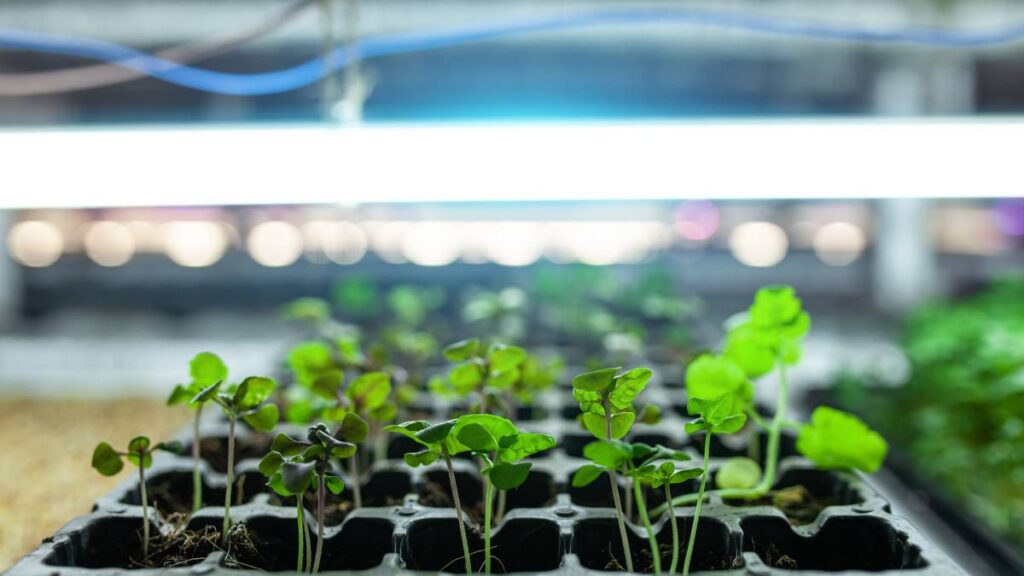
Benefits of Hydroponic Fodder
Hydroponic fodder systems offer multiple advantages:
- Water Conservation: They use significantly less water than open-field cultivation.
- Rapid Growth Cycles: Fodder can be harvested multiple times per week, ensuring a constant supply of fresh feed.
- High Nutritional Value: The fodder is rich in nutrients and is more digestible for animals, potentially improving their health and productivity.
- Reduced Land Use: These systems eliminate the need for large tracts of agricultural land, thereby helping to prevent deforestation.
- All-Season Growth: Fodder production is not limited by external climate conditions, enabling year-round operation.
The Process of Hydroponic Fodder Production
Producing fodder through hydroponics involves several key steps:
- Seed Selection and Soaking: Choose high-quality seeds and soak them to initiate germination.
- Seeding Trays: Spread the soaked seeds evenly in the trays or racks.
- Monitoring and Maintenance: Regularly check and maintain optimal growth conditions in the growth chamber.
- Harvesting: Once mature, harvest the green fodder for feeding.
Economic Feasibility of Hydroponic Fodder Systems
Comparative Costs and Benefits
When considering the adoption of hydroponic fodder systems, it’s crucial to evaluate their economic feasibility compared to traditional feed production methods. This assessment involves analyzing initial setup costs, ongoing operational expenses, yield efficiency, and potential savings or profits over time.
Initial Investment
Hydroponic fodder systems require a significant initial investment. This cost includes the setup of infrastructure such as trays, racks, growth chambers, and automated watering and nutrient delivery systems. The complexity and scale of the system can vary greatly, influencing the initial capital required. In contrast, traditional feed production often involves lower startup costs, particularly if land is already available and only basic cultivation equipment is needed.
Operational Costs
The ongoing operational costs of hydroponic systems can be higher than those of traditional methods due to expenses related to energy consumption, water recycling systems, and nutrient solutions. However, these costs can be mitigated over time by the efficient use of resources. For example, hydroponic systems typically use up to 90% less water than field-based systems due to their recirculating setups. Additionally, the controlled environment reduces the likelihood of crop failure due to pests, diseases, or adverse weather, potentially lowering the need for pesticides and other interventions.
Yield and Efficiency
Hydroponic fodder systems have a much faster turnaround than traditional methods, with the ability to harvest fodder multiple times per week rather than seasonally. This rapid growth cycle allows for a constant production of fresh fodder, enhancing the potential return on investment through consistent and predictable yields. Moreover, the fodder produced is often of higher nutritional quality, which can lead to better livestock health and productivity, contributing to more efficient meat, milk, or egg production.
Space and Resource Utilization
One of the most significant economic advantages of hydroponic systems is their ability to operate in minimal space and without arable land. This factor is particularly beneficial in urban settings or regions where arable land is scarce or expensive. By reducing the land footprint required for feed production, hydroponic systems allow agricultural producers to make more economical use of available space.
Break-even Point and Long-term Savings
While the initial costs are high, the break-even point for hydroponic fodder systems can be achieved relatively quickly given the right conditions, such as high local feed costs or the premium pricing capability for organic or sustainably raised livestock. Over the long term, the reduction in feed costs, coupled with less dependency on external feed supplies and fluctuating prices, can result in substantial savings and a strong return on investment.
Market Opportunities
The growing demand for sustainable and locally produced livestock feed also presents market opportunities for farms using hydroponic systems. Producers can leverage the appeal of sustainably grown feed to secure premium prices, especially in markets where consumers are increasingly conscious of environmental impact and animal welfare.
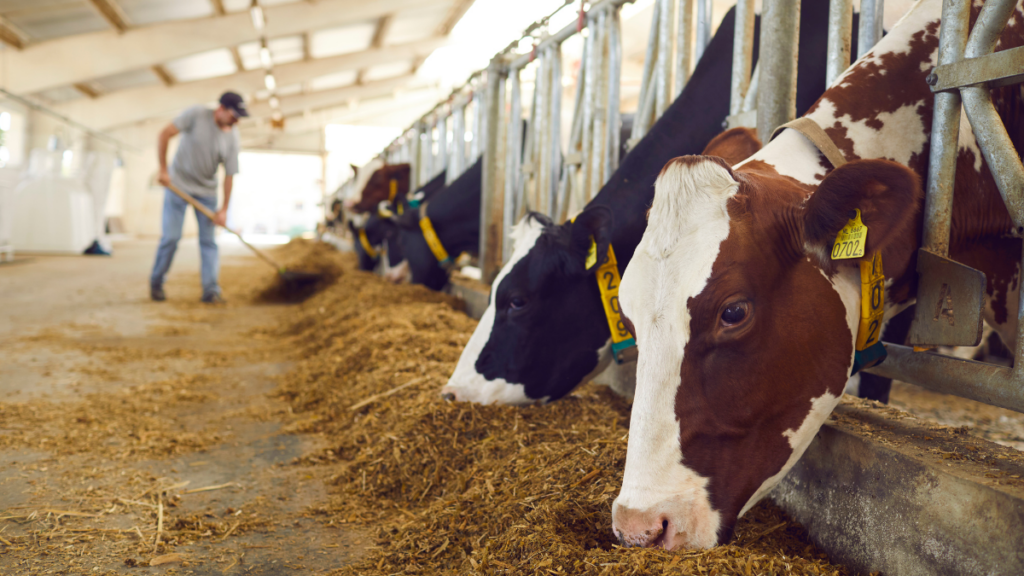
Advancements in Hydroponic Fodder Technology
The field of hydroponic fodder is rapidly advancing:
- Automation: New systems incorporate automated controls for watering and light, reducing labor costs.
- Energy Efficiency: Integration with renewable energy sources like solar power reduces operational costs.
- Nutrient Optimization: Ongoing research is enhancing nutrient solutions to maximize growth and nutritional value for different types of animals.
The Future of Hydroponic Fodder
Hydroponic fodder systems are being implemented worldwide, showcasing their potential to transform livestock feed production:
- Environmental Impact: These systems can significantly reduce the carbon footprint of traditional feed production.
- Food Security: Localized feed production can help stabilize feed supply and prices.
- Animal Health: Improved feed quality can lead to healthier livestock.
Conclusion
Hydroponic fodder systems represent a revolutionary shift in livestock feed production. By combining sustainability with efficiency, these systems offer a viable solution to some of the most pressing environmental issues associated with traditional farming practices. As we move towards a more sustainable future, embracing technologies like hydroponic fodder will be crucial in reshaping our food systems to be more resilient and less resource-intensive. Explore the potential of hydroponic systems and consider how they might fit into the future of sustainable agriculture.

